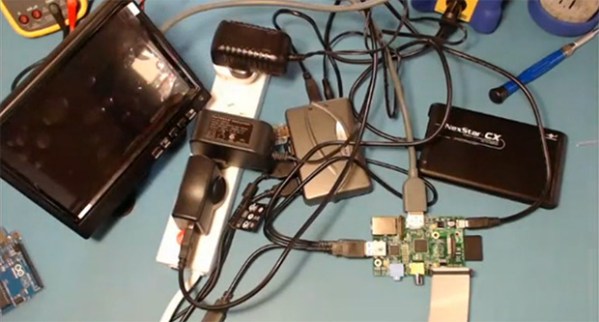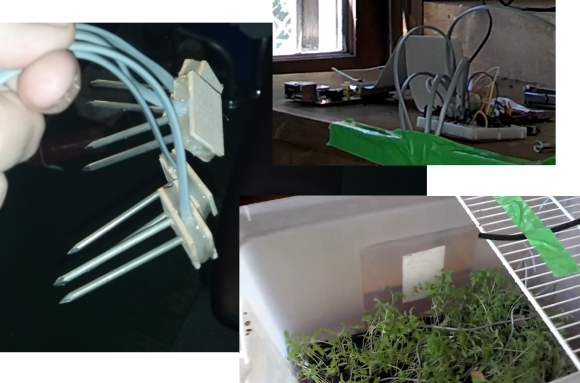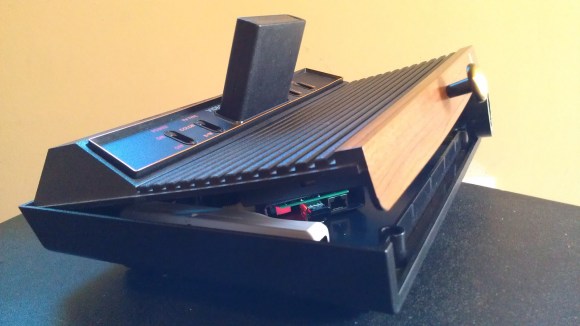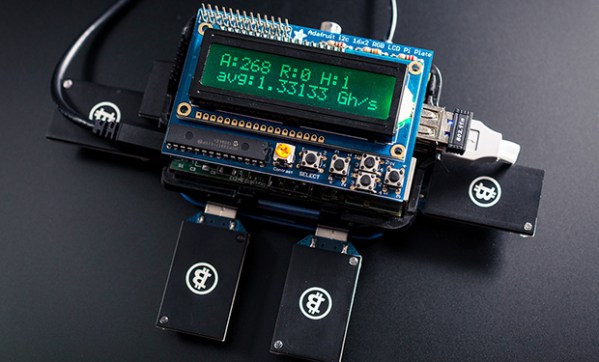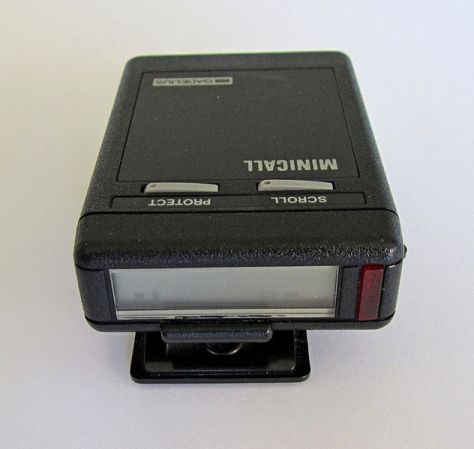Shown above is a fairly simple Raspberry Pi setup. There’s the Raspi itself, a 2.5″ hard drive, a USB hub, GPIO expansion, and wireless and Bluetooth adapters. Throw in the power supplies for all these devices, and you’ve got a real mess on your hands. There is a solution to this problem of a Gordian knot of USB and power cables: the Fairywren, a board that turns your Raspberry Pi into a Mini-ITX computer.
The basic idea behind the Fairywren is to take the basic outline of a Mini-ITX motherboard and add goodies like a real-time clock serial port, and USB hub while providing a secure mounting place for a Raspberry Pi. It turns a Raspberry Pi into a proper computer, with all the ports in the rear, and is compatible with a whole slew of Mini-ITX cases.
At £40, the Fairywren isn’t exactly cheap. In fact, it’s more expensive than the Raspberry Pi itself. That being said, you do get a whole lot of hardware for the price, and if you already have a small Mini-ITX case lying around, it may be just the thing to clean up the mess on your electronics bench.

